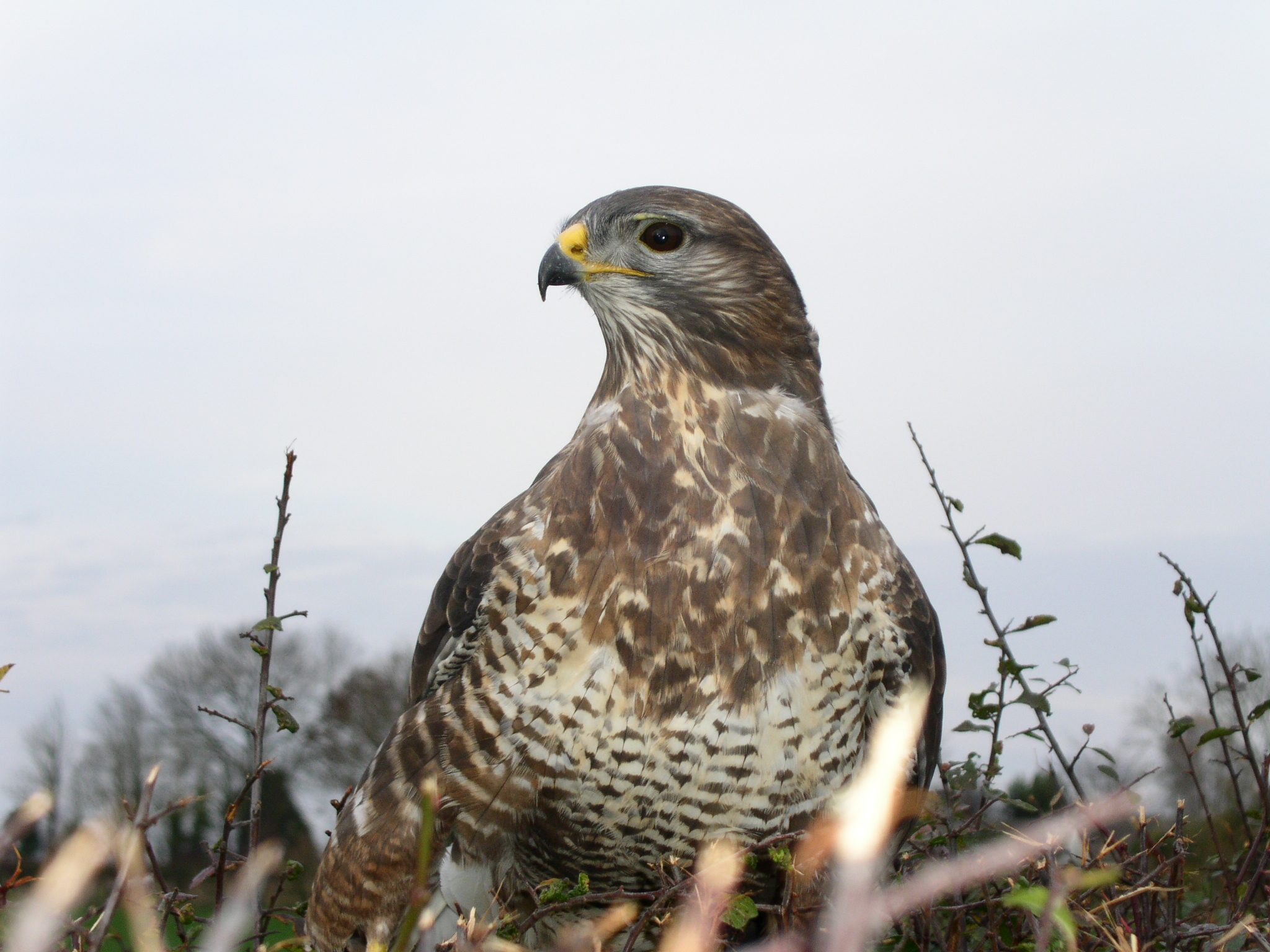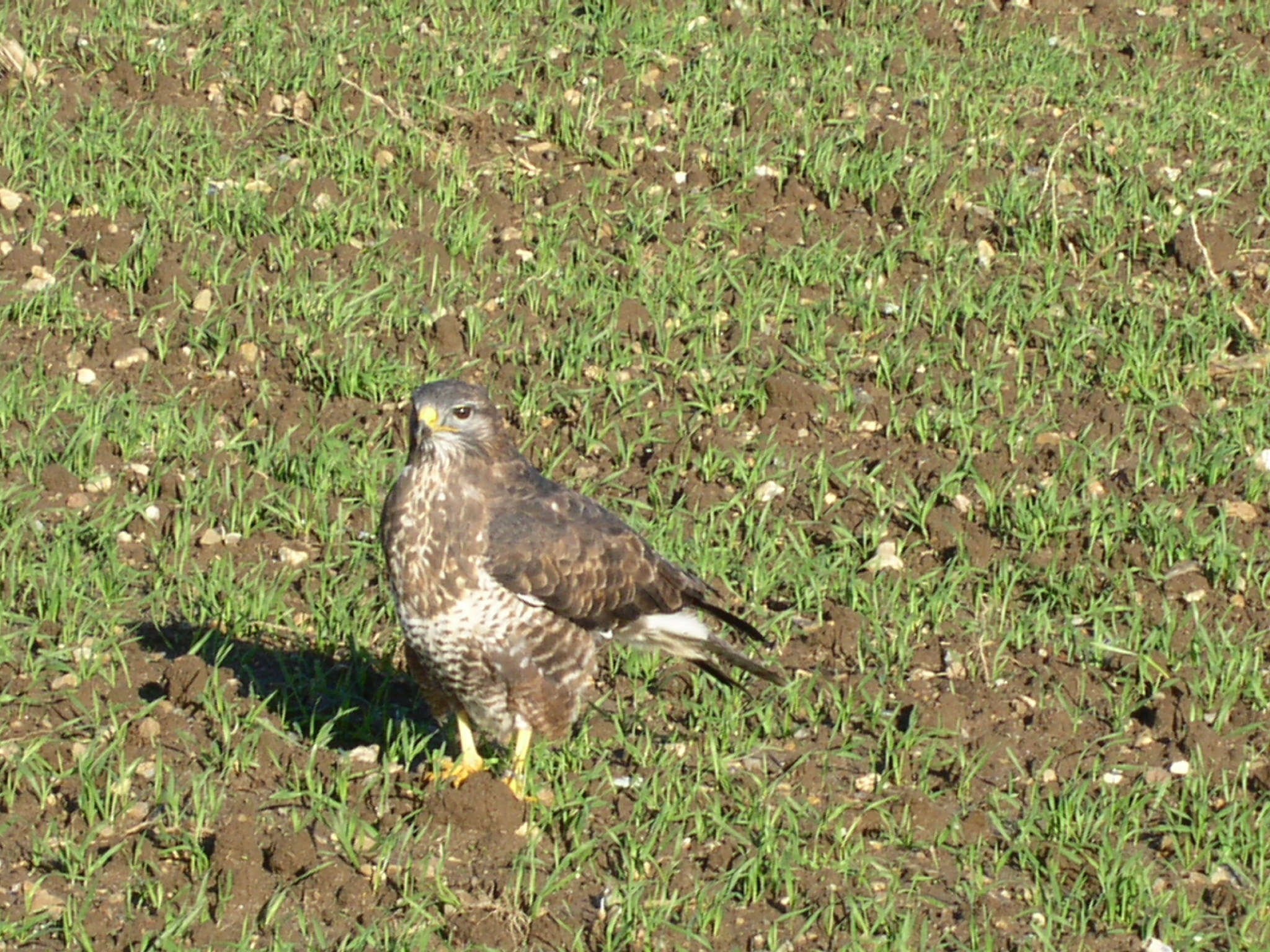News
Buzzards, too much of a good thing and the future of Britain’s countryside
Almost fifty years have passed since WildCRU’s David Macdonald and CEH’s Robert Kenward, both at the time studying predators under the supervision of Hans Kruuk at Oxford, became firm friends (a friendship that endured the early challenge of one of David’s radio-foxes eating one of Robert’s goshawks). Decades later, both were thrilled to cement the partnership over the supervision of Brazilian ecological rising star, Eduardo Arraut who became a WildCRU post doc studying buzzards. Today the partnership, including also Sean Walls of Lotek-UK and known to anybody who radio-tracked anything in the UK in recent decades, celebrate the fruits of their collaboration, with the publication in Proceedings B of a paper based on 20 years of buzzard tracking. The paper, entitled Anticipation of common buzzard population patterns in the changing UK landscape, was led by Eduardo (nowadays a senior scientist and Professor in the Aeronautics Institute of Technology, ITA). The starting point is that woodland has been increasing in the UK for many years, mainly replacing grassland since 1990, for socio-economic reasons and recently for climate change mitigation. How does this affect buzzards and, more generally, what general lessons lie within for the management of rural British landscapes? The paper tackles these questions by connecting complexity with remote sensing in a novel modelling approach, and arrives at a counterintuitive result: common buzzards do need woodland but face a setback if woodland increases too much – too much of a good thing! Given alternative landscape scenarios, the modelling could be used to predict the future of buzzards nation-wide. More broadly, the approach offers a tool applicable to other animals and other landscapes which could contribute to planning for biodiversity, climatic and socio-economic sustainability.







